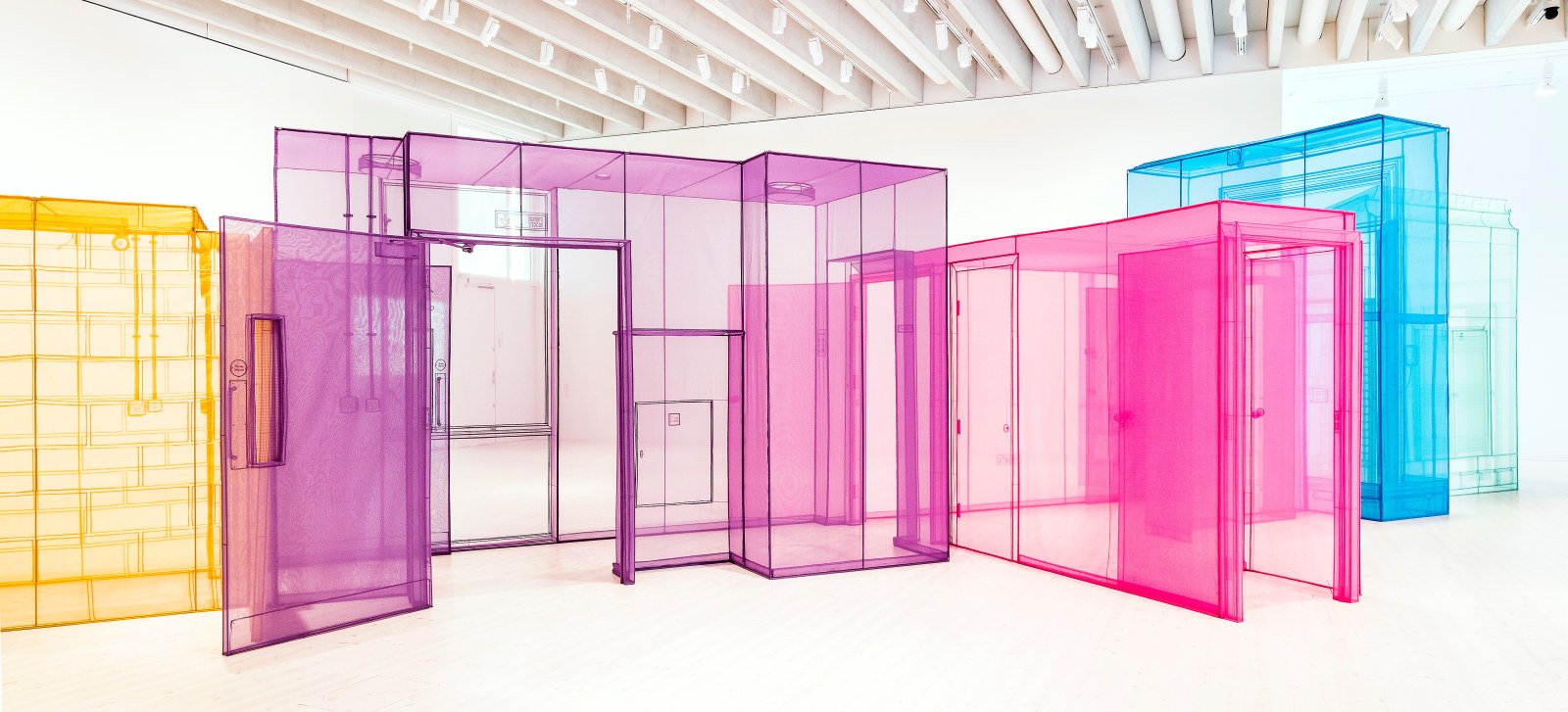Contemporary Architecture Beyond Definition: Arata Isozaki

Born in Kyushu’s Oita Prefecture, Arata Isozaki graduated from University of Tokyo’s architecture and engineering program in the mid 1950s during a defining period of contemporary Japanese architecture.
With mass post-war rebuilding in the country’s sprawling urban areas, prefabricated concrete became a norm, establishing brutalism as a palpable trend in the country. At the same time, elements of modernism were becoming more prominent as the world became more globalized.
During this time, Isozaki studied under the legendary Kenzo Tange before beginning his own firm in the early 60s. Around this time Isozaki conceptualized “The City In the Air”, a massive metabolic structure for the future designed to modularly house thousands. Although this project was never realized, it is a defining design of not only Isozaki’s, but the entire metabolism movement.
His first notable work came soon after, designing the Oita Prefectural Library in his hometown. He continued to design museums, performance centers, and public spaces throughout Japan. His first major project overseas came in the early 80s when he designed the Museum of Contemporary Art in Los Angeles. His design was extremely well received and made Isozaki more notable outside Japan.
Following these first highly successful years of his firm, Isozaki was chosen to design a number of renowned projects including Art Tower Mito in the late 80s and Kyoto Concert Hall in the early 90s. More recently, Isozaki worked on the Himalayas Center in Shanghai [still uncompleted] and Allianz Tower in Milan, the tallest building in Italy.
Thanks to his developmental milieu, Isozaki’s work is decidedly difficult to define. Most designss land somewhere in the metabolic category, teetering between brutalism and modernism. Other projects take inspiration from international, and even organic architectural styles. Throughout his career Isozaki never feared exploring his various inspirations, defying all categorization, convention, and definition.





